The DSA 5000 M from Anton Paar is the only instrument that can measure density and sound velocity simultaneously. It uses the most accurate density results on the market, measured with the Pulsed Excitation Method, to determine the concentration of two- and three-component solutions.
Many different industries’ R&D departments already take advantage of the ability to measure both parameters at the same time.
Furthermore, it is the only instrument that can quantitate the concentration of sulfuric acid over the entire concentration range.
- Measures the complete range of oleum and sulfuric acid concentrations
- Ideal for formaldehyde, phosphoric acid, inks, methanol and paints
- The concentration of two- and three-component solutions is determined
- The use of a minimum sample volume improves the safety of lab personnel
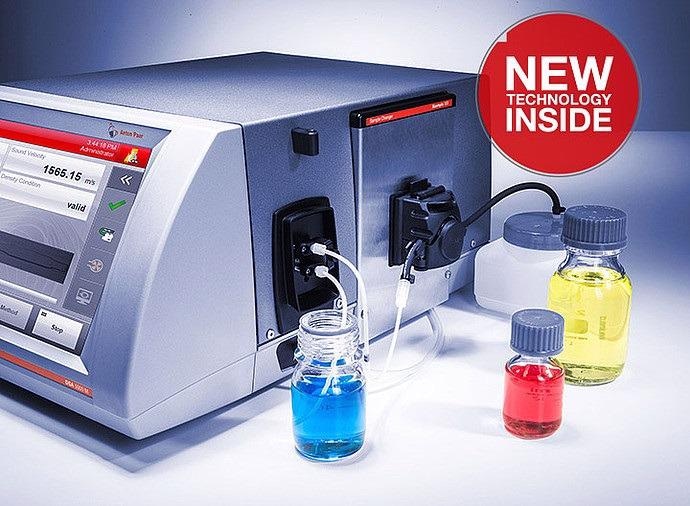
Image Credit: Anton Paar GmbH
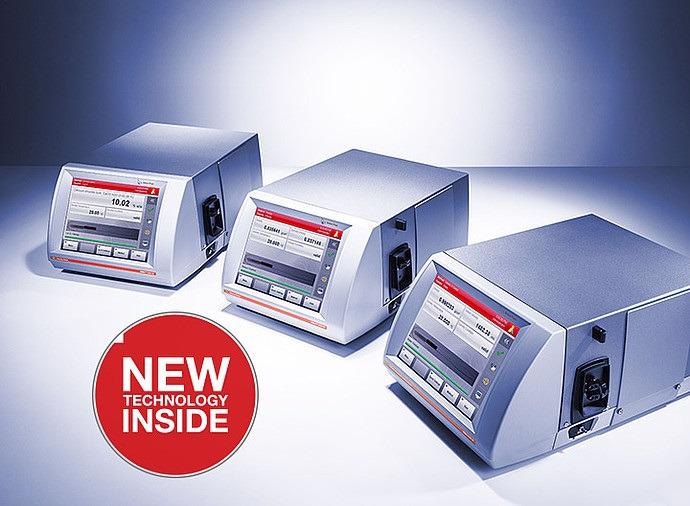
Image Credit: Anton Paar GmbH
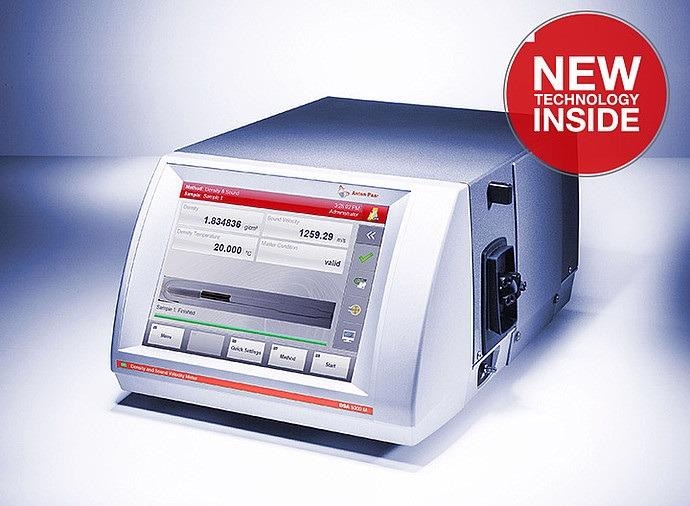
Image Credit: Anton Paar GmbH
Key Features
A Revolutionary Measuring Principle for the Market-Leading Density and Sound Velocity Meter
The DSA 5000 M is one-of-a-kind because of its unique measuring cell design, a new way of evaluating oscillation characteristics, and several other innovative features.
The Best in Accuracy, Repeatability and Reproducibility
The DSA 5000 M delivers the best results available on the market
- Sound velocity: Repeatability up to 0.1 m/s
- Density: Repeatability up to the 7th digit
- Reproducibility: 0.5 m/s (sound velocity), 0.000005 g/cm³ (density)
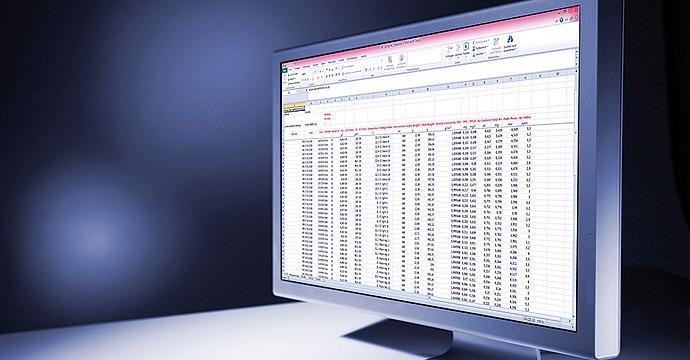
Image Credit: Anton Paar GmbH
Eliminates Temperature Drifts
Accuracy can be achieved at any temperature up to 100 °C, thanks to the ThermoBalanceTM technology. Even after years of operation, a reference oscillator is used to eliminate temperature-related fluctuations in the glass tube. Due to the absence of drifts, ThermoBalanceTM is an excellent foundation for:
- R&D in thermodynamics with temperature measurements that change frequently
- Changing sample temperatures for routine quality control

Image Credit: Anton Paar GmbH
The Fastest Way to Determine Sulfuric Acid Concentration
For sulfuric acid, the DSA 5000 M is the most accurate solution. The integration of density and sound velocity measurements ensures that even the tiniest deviations in the manufacturing process are detected. Users can react faster, spend less time correcting mistakes and produce fewer rejects. In addition, the DSA 5000 M is the quickest means of measuring sulfuric acids.
It is the only means of measuring sulfuric acid over the entire concentration range in one instrument, without having to switch setups between samples or use a lot of consumables like reagents. DSA 5000 M provides results in less than 2 minutes, regardless of whether the sulfuric acid concentration is 0% or 114%.
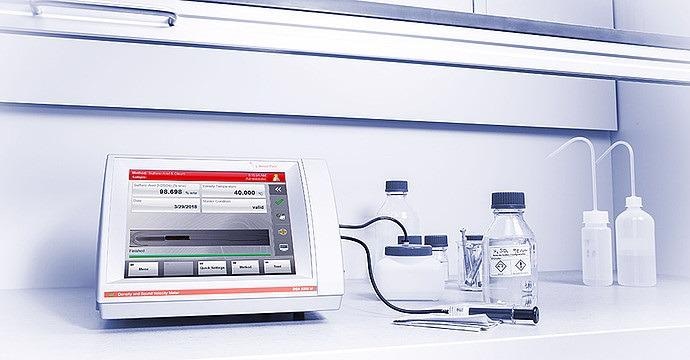
Image Credit: Anton Paar GmbH
Detects Filling Errors and Gas Bubbles
FillingCheckTM helps to detect filling errors and issues a warning if gas bubbles or particles are detected in the sample. The feature will give a “go” to begin the measurement if the sample is filled correctly. Users can also keep an eye on the U-ViewTM camera, which shows and saves live images of the filled U-tube.
This real-time monitoring alerts the user of errors immediately, and thus substantiates that the results will not be altered by filling errors.

Image Credit: Anton Paar GmbH
One Sample, One Measurement Cycle, Numerous Results
DSA 5000 M extracts multiple parameters from a single sample.
Measured Parameters:
Derived Measurands:
- Adiabatic compressibility
- Two-component solution concentration
- Three-component solution concentration
The sample passes through both measuring cells automatically. To get all of these parameters in one run, only 3.5 mL of the sample is needed.

Image Credit: Anton Paar GmbH
The Most Stable Results Available
The high repeatability of density results in DSA 5000 M is due to the viscosity correction. It works automatically across the whole viscosity range of samples and eradicates viscosity-related errors twice as efficiently as before.
Even the tiniest deviations in the continuous production can be detected and users can respond quickly to reduce downtimes. The viscosity correction is already calibrated at the factory, so there is no need to buy viscosity standards, saving both time and money.
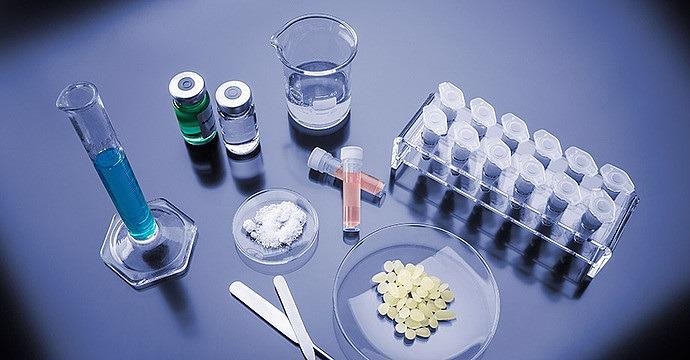
Image Credit: Anton Paar GmbH
Technical Specifications
Source: Anton Paar GmbH
| Patents |
|
| Patents granted |
AT 516420 (B1), AT 517082 (B1) |
| Patents pending |
AT 517486 (A1) |
| Measuring range |
|
| Density |
0 to 3 g/cm3 |
| Sound velocity |
1000 to 2000 m/s |
| Temperature range |
0 °C to 100 °C (32 °F to 212 °F) |
| Pressure range |
0 bar to 8 bar (0 psi to 116 psi) |
| Accuracy |
|
| Density* |
0.000007 g/cm3 |
| Concentration determination |
Typically 0.01 to 0.1 % (application-dependent) |
| Digital Resolution |
|
| Density |
0.000001 g/cm3 |
| Sound velocity |
0.01 m/s |
| Repeatability s.d.** |
|
| Density |
0.000001 g/cm3 |
| Sound velocity |
0.1 m/s |
| Temperature |
0.001 °C |
| 0 to 100 % H2SO4 |
0.02 % H2SO4 |
| 0 to 28 % free SO3 |
0.04 % free SO3 |
| 28 to 65 % free SO3 |
0.1 % free SO3 |
| Additional information |
|
| Integrated tables and functions |
- Ethanol tables
- Extract/sugar tables
- Acid/base tables
- 20 freely programmable user functions
|
| Available options |
- ISO 17025 calibration providing full traceability to SI units
- Cooling kit for low-temperature measurement
|
| Amount of sample in the measuring cells |
3 mL |
| Measuring time per sample |
1 to 4 minutes |
| Interfaces |
RS-232, 4 x USB, CAN, VGA, Ethernet |
| Display |
Bright 10.4" TFT PCAP touchscreen (640 x 480 px) with customizable display layout |
| Wetted parts |
PTFE, borosilicate glass, stainless steel DIN 1.4539/UNS N08904 |
| Dimensions |
495 x 330 x 230 mm
(19.5 x 13 x 9.1 in) |
| Weight |
22.5 kg (49.6 lbs) |
* Under ideal conditions and for low densities/viscosities
** According to ISO 5725